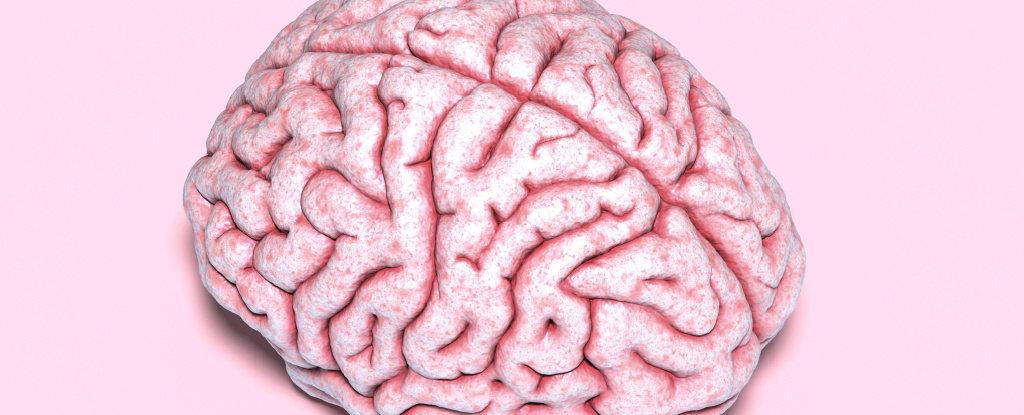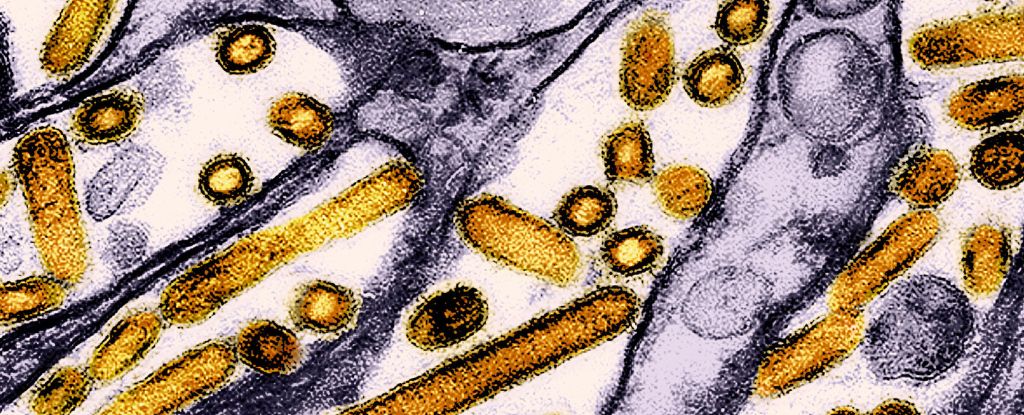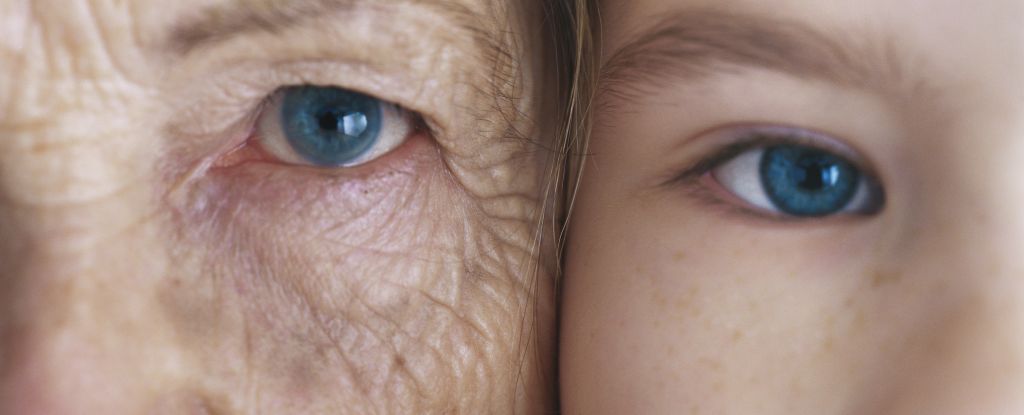The folds of the human brain are immediately recognizable. Meandering ridges and deep furrows give texture and the appearance of a wrinkled walnut to the squishy tissue in our heads.
The outermost layer of brain tissue folds into peaks called gyri and fissures called sulci, allowing oodles of it to be squeezed into the skull, and it is here, on the wrinkled surface of the brain, that all memory happens , thinking, learning and reasoning are .
This folding or gyrificationis critical to proper brain function and circuitry — and is thought to be why humans have greater cognitive abilities than monkeys and elephants, whose brains have some folds, and rats and mice, whose smooth-surfaced brains have none.
Now a team of scientists has discovered why some people have more brain folds than others, in a condition that interferes with normal brain development polymicrogyria (PMG).
In polymicrogyria, too many gyri are stacked on top of each other, resulting in an abnormally thick cortex and a wide range of problems such as neurodevelopmental delay, intellectual disability, speech difficulties, and epileptic seizures.
“Until recently, most hospitals treating patients with this condition did not test for genetic causes,” explained University of California San Diego (UCSD) neuroscientist Joseph Gleeson is one of the researchers behind the new study.
Polymicrogyria occurs in many forms, with localized or widespread cortical thickening detectable on brain scans.
Mutations in 30 genes and To count have been associated with the condition. But how any of these genetic errors, alone or together, lead to the overfolded brain tissue remains unclear. Many cases of PMG also lack an identifiable genetic cause.
It is thought to have something to do with the delayed migration of cortical brain cells in early development, leading to a disordered cortex. the cortex is the outermost layer of the bilobed cerebrum, a thin layer of gray matter made up of billions of cells.
To conduct further research, Gleeson worked with researchers at the Human Genetics and Genome Research Institute in Cairo to develop a database of nearly 10,000 Middle Eastern families affected by some form of pediatric brain disease.
They found four families with a nearly identical form of PMG, all containing mutations in one gene. This gene encodes a protein that attaches to the surface of cells and is imaginatively named transmembrane protein 161B (TMEM161B). But no one knew what it did.
In subsequent experiments, Gleeson and colleagues showed that TMEM161B is present in most fetal brain cell types: in progenitor cells that grow into specialized neurons, in mature neurons that excite or inhibit their neighbors, and in glial cells which support and protect neurons in various ways.
However, TMEM161B comes from a family of proteins that evolutionarily first appeared in sponges — which don’t have a brain.
This puzzled Gleeson and UCSD neuroscientist Lu Wang, who wondered if the protein might affect cortical folding indirectly by interfering with some fundamental cellular properties that give shape to complex tissues.
“Once we identified TMEM161B as the cause, we set about understanding how overfolding occurs,” says Wang, the lead author of the study.
Use stem cells derived from patient skin samples that the researchers generated organoids, tiny tissue replicas that self-organize in plastic shells, just as body tissues and organs do. However, the organoids prepared from patient cells were severely disorganized, displaying disrupted radial glial fibers.
In the developing brain, these progenitor cells — which give rise to neurons and glial cells — normally position themselves at the apex of the cortex and extend radially downward toward the lowest layer of cortical tissue. This creates a scaffolding system that supports the migration of other newly formed cells as the cortex expands.
But without TMEM161B, the radial glial fibers in the organoids had lost the sense of which direction to orient themselves. Further experiments also revealed that the cells’ inner cytoskeleton was a mess.
So it seems that without their own internal scaffolding, radial glial fibers cannot be the scaffolding that other cells need to find their way into the developing brain.
While this discovery is a promising step forward and gives us clues as to how the disease develops, it may only be relevant to a small or as yet unknown fraction of PMG cases.
Much more research is needed to deepen our understanding of how many people with PMG are affected by mutations in TMEM161B – but now researchers know what to look for, they can search other datasets and look for more cases.
“We hope that physicians and scientists can extend our findings to improve the diagnosis and care of patients with brain diseases,” says Gleeson. It’s a long road, but a hopeful one.
The study was published in PNAS.





